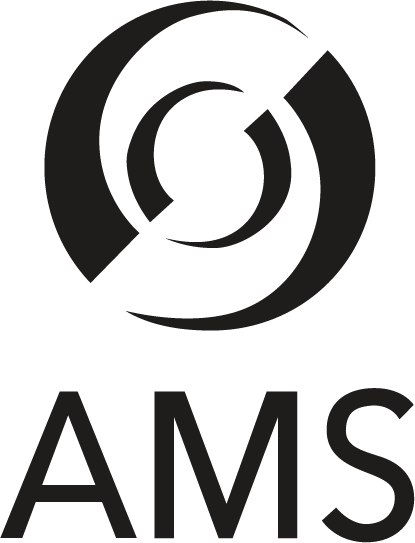MIL-R-39009/2
Resistors
RESISTOR,FIXED,WIRE WOUND,NONINDUCTIVE
MIL-R-39009/2
RESISTOR,FIXED,WIRE WOUND,NONINDUCTIVE
ACT NOW! SUBMIT A QUICK QUOTE.
Technical Characteristics
-
Distance Between Centerlines Of Mounting Facilities Parallel To Body Length
1.552 inches minimum and 1.572 inches maximum
-
Body Height
0.594 inches minimum and 0.656 inches maximum
-
Terminal Length
0.376 inches minimum and 0.500 inches maximum
-
Reliability Failure Rate Level In Percent
0.010
-
Reliability Indicator
established
-
Terminal Type
tab, solder lug
-
Electrical Resistance
698.000 ohms
-
Temp Coefficient Of Resistance In Ppm Per Deg Celsius
-30.0/ 30.0
-
Specification/Standard Data
81349-mil-r-39009/2 government specification
-
Test Data Document
81349-mil-r-39009 specification
-
Style Designator
148 axial terminal
-
Mounting Hole Size
0.120 inches minimum and 0.130 inches maximum
-
Power Dissipation Rating In Watts
10.000 free air
-
Body Width
0.532 inches minimum and 0.656 inches maximum
-
Body Length
1.876 inches minimum and 2.000 inches maximum
-
Inclosure Method
encased
-
Temp Range Of Temp Coefficient In Deg Celsius
-55.0/ 275.0
-
Ambient Temp In Deg Celsius At Zero Percent Rated Power
275.0
-
Ambient Temp In Deg Celsius At Full Rated Power
25.0
-
Resistance Tolerance In Percent
-1.000/ 1.000


 Certified to
Certified to









